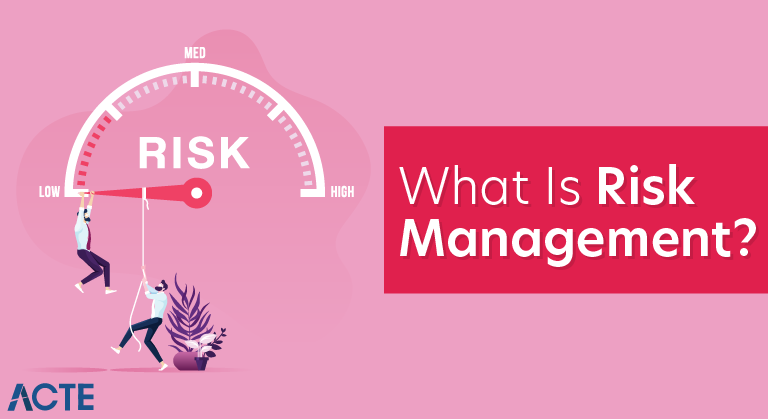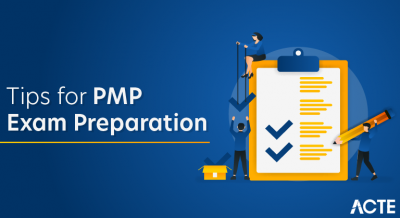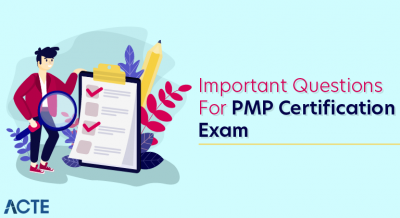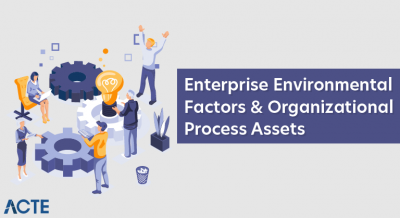
Risk management occurs everywhere in the realm of finance. It occurs when an investor buys U.S. Treasury bonds over corporate bonds, when a fund manager hedges his currency exposure with currency derivatives, and when a bank performs a credit check on an individual before issuing a personal line of credit. Stockbrokers use financial instruments like options and futures, and money managers use strategies like portfolio diversification, asset allocation and position sizing to mitigate or effectively manage risk.
Inadequate risk management can result in severe consequences for companies, individuals, and the economy. For example, the subprime mortgage meltdown in 2007 that helped trigger the Great Recession stemmed from bad risk-management decisions, such as lenders who extended mortgages to individuals with poor credit; investment firms who bought, packaged, and resold these mortgages; and funds that invested excessively in the repackaged, but still risky, mortgage-backed securities (MBS).
- Risk management is the process of identification, analysis and acceptance or mitigation of uncertainty in investment decisions.
- Risk is inseparable fromthe return in the investment world.
- A variety of tactics exist to ascertain risk; one of the most common isthe standard deviation, a statistical measure of dispersion around a central tendency.
- Beta, also known as market risk, is a measure of the volatility, or systematic risk, of an individual stock in comparison to the entire market.
- Alpha is a measure of excess return; money managers who employ active strategies to beat the market are subject to alpha risk.

Risks Management Structures
- Risk management structures are tailored to do more than just point out existing risks. A good risk management structure should also calculate the uncertainties and predict their influence on a business. Consequently, the result is a choice between accepting risks or rejecting them. Acceptance or rejection of risks is dependent on the tolerance levels that a business has already defined for itself.
- If a business sets up risk management as a disciplined and continuous process for the purpose of identifying and resolving risks, then the risk management structures can be used to support other risk mitigation systems. They include planning, organization, cost control, and budgeting. In such a case, the business will not usually experience many surprises, because the focus is on proactive risk management.
Response to Risks
Response to risks usually takes one of the following forms:
- Avoidance: A business strives to eliminate a particular risk by getting rid of its cause.
- Mitigation: Decreasing the projected financial value associated with risk by lowering the possibility of the occurrence of the risk.
- Acceptance: In some cases, a business may be forced to accept risk. This option is possible if a business entity develops contingencies to mitigate the impact of the risk, should it occur.
When creating contingencies, a business needs to engage in a problem-solving approach. The result is a well-detailed plan that can be executed as soon as the need arises. Such a plan will enable a business organization to handle barriers or blockage to its success because it can deal with risks as soon as they arise.
Importance of Risk Management
- Risks management is an important process because it empowers a business with the necessary tools so that it can adequately identify and deal with potential risks. Once a risk’s been identified, it is then easy to mitigate it. In addition, risk management provides a business with a basis upon which it can undertake sound decision-making.
- For a business, assessment,and management of risks is the best way to prepare for eventualities that may come in the way of progress and growth. When a business evaluates its plan for handling potential threats and then develops structures to address them, it improves its odds of becoming a successful entity.
- In addition, progressive risk management ensuresthe risks of a high priority are dealt with as aggressively as possible. Moreover, the management will have the necessary information that they can use to make informed decisions and ensure that the business remains profitable.
Risk Management Tips
1. Keep Old Policies and Certificates
- Old insurance policies are valuable and should be kept.
- Consider old insurance policies and insurance certificates as assets. They are your proof that coverage existed and they set out the terms, conditions and limits of coverage. Many liability policies are occurrence-based. This means that a loss claim is made against the policy in place at the time of the occurrence responsible for the loss.
- It is possible for a significant time to have passed between the actual occurrence and the eventual loss. Without the old policies, there is no proof of coverage and it is likely that the insurer responsible at the time in question will be forgotten.
2. Insure to Value
- Don’t over or under insure your property. Either way, it could cost you money.
- Make sure that the values you report to the insurance company are accurate. Some insurers and brokers may provide building valuations, so ask. If you aren’t sure of your values, have appraisals done. If you value a building at $1.2 million that is actually only worth $1 million, you are paying a premium on the extra $200,000 needlessly.
- It is also important that you don’t understate your values since you can be penalized for partial losses. This is where the coinsurance clause comes in. Almost all policies have this type of clause. It requires you to ensure a minimum percentage of the total property value.
3. Actual Cash Value vs Replacement Cost
- Property policies can be based on the ACV of the property or the replacement cost. Replacement cost does not take into consideration depreciation, whereas ACV is the replacement cost less depreciation. Even new items can be depreciated.
- If you have a replacement-cost endorsement, the insurer will first pay you based on the depreciated amount. After you’ve replaced the items and submitted the appropriate receipts, you will be topped up to the replacement cost. It can be very time consuming and difficult to itemize lost property after a loss has occurred, so keep an ongoing inventory with values.
- Ask your broker whether actual cash value (ACV) or replacement cost suits you best.
4. Spend Money and Time on Loss Control
- Prioritize your risks to know where best to spend your loss prevention dollars.
- It is a good risk management practice to allocate money and other resources to loss prevention every year. Study after study, no matter what the subject, illustrates that money spent on prevention is saved many times over.
- Once you have completed your cost of risk analysis and risk mapping, and have prioritized the risks, you need to look at the costs associated with these risks compared to the costs associated with implementing prevention techniques. Decide, based on your budget, how much to invest.
5. Protect Your Image
- Image risks are often underestimated. Protecting your company’s image and brands is essential.
- Part of any risk assessment should include consideration of risks to your image. Damage to reputation often goes hand in hand with a loss; so include image risk management in claims handling procedures and business continuity planning (BCP).
- Communication with customers and the public is key, so have staff trained in crisis management or consult a crisis management expert and/or an image consultant.

6. Don’t Hide Your Strengths From Your Insurer
- Sell yourself to insurers at every opportunity.
- Most businesses perform risk management functions without being aware of it, or without thinking it relevant enough to tell insurers. A big part of my job as a risk manager is to brag to my insurers about my organization. You should do the same!
- Make sure you tell your insurer (through your broker) about all loss control/prevention measures in place, policies and procedures, physical protection, contractual transfers, etc. Give them copies of any policies, inspection forms, accident reports, training programs, etc. Sell your organization!
- Remember, not only are they competing for your business, you are competing with all the other businesses for their capacity and for favorable consideration.
7. Risk Management Attitudes
- Incorporate a risk management attitude/awareness into all aspects of the business, i.e. hiring, acquisitions, training, decisions, investments, etc. Large risk-managed organizations do this and so should you.
- It doesn’t mean you need to spend large amounts of money or time; it’s just about havingthe top of mind awareness about the potential risks and associated costs when making decisions.
- All risk management processes follow the same basic steps, although sometimes different jargon is used to describe these steps. Together these 5 risk management process steps combine to deliver a simple and effective risk management process.
Step 1: Identify the Risk. You and your team uncover, recognize and describe risks that might affect your project or its outcomes. There are a number of techniques you can use to find project risks. During this step you start to prepare your Project Risk Register.
Step 2: Analyze the risk. Once risks are identified you determine the likelihood and consequence of each risk. You develop an understanding of the nature of the risk and its potential to affect project goals and objectives. This information is also input to your Project Risk Register.
Step 3: Evaluate or Rank the Risk. You evaluate or rank the risk by determining the risk magnitude, which is the combination of likelihood and consequence. You make decisions about whether the risk is acceptable or whether it is serious enough to warrant treatment. These risk rankings are also added to your Project Risk Register.
When to Use Risk Analysis
Risk analysis is useful in many situations:
- When you’re planning projects, to help you anticipate and neutralize possible problems.
- When you’re deciding whether or not to move forward with a project.
- When you’re improving safety and managing potential risks in the workplace.
- When you’re preparing for events such as equipment or technology failure, theft, staff sickness, or natural disasters.
- When you’re planning for changes in your environment, such as new competitors coming into the market, or changes to government policy.
How to Use Risk Analysis
To carry out a risk analysis, follow these steps:
1. Identify Threats
The first step in Risk Analysis is to identify the existing and possible threats that you might face. These can come from many different sources. For instance, they could be:
- Human – Illness, death, injury, or other loss of a key individual.
- Operational – Disruption to supplies and operations, loss of access to essential assets, or failures in distribution.
- Reputational – Loss of customer or employee confidence, or damage to market reputation.
- Procedural – Failures of accountability, internal systems, or controls, or from fraud.
- Project – Going over budget, taking too long on key tasks, or experiencing issues with product or service quality.
- Financial – Business failure, stock market fluctuations, interest rate changes, or non-availability of funding.
- Technical – Advances in technology, or from technical failure.
- Natural – Weather, natural disasters, or disease.
- Political – Changes in tax, public opinion, government policy, or foreign influence.
- Structural – Dangerous chemicals, poor lighting, falling boxes, or any situation where staff, products, or technology can be harmed.
You can use a number of different approaches to carry out a thorough analysis:
- Run through a list such as the one above to see if any of these threats are relevant.
- Think about the systems, processes, or structures that you use, and analyze risks to any part of these. What vulnerabilities can you spot within them?
- Ask others who might have different perspectives. If you’re leading a team, ask for input from your people, and consult others in your organization, or those who have run similar projects.






